People who often live with Schizophrenics start to notice a change in irrational behavior ..these tiny cracks lead onto the more advanced stages such as voices and paranoia. If we could only see the initial cracks...... Here are some of my initial experiments that help me demonstrate my thoughts...
Throughout my research i have found that people with mental disorders specifically Shizophrenia feel trapped. They feel trapped in their own bodies and minds. The nightmare replays over and over. I feel that i want to try and represent how they are trapped in an alternate world. Often you can not tell that someone is suffering in silence until the cracks begin to show....
Schizophrenia (/ˌskɪtsɵˈfrɛniə/ or /ˌskɪtsɵˈfriːniə/) is a mental disorder characterized by a breakdown of thought processes and by poor emotional responsiveness.[1] Common symptoms include auditory hallucinations, paranoid or bizarre delusions, or disorganized speech and thinking, and it is accompanied by significant social or occupational dysfunction. The onset of symptoms typically occurs in young adulthood, with a global lifetime prevalence of about 0.3–0.7%.[2] Diagnosis is based on observed behavior and the patient's reported experiences.
Genetics, early environment, neurobiology, and psychological and social processes appear to be important contributory factors; some recreational and prescription drugs appear to cause or worsen symptoms. Current research is focused on the role of neurobiology, although no single isolated organic cause has been found. The many possible combinations of symptoms have triggered debate about whether the diagnosis represents a single disorder or a number of discrete syndromes. Despite the etymology of the term from the Greek roots skhizein (σχίζειν, "to split") and phrēn, phren- (φρήν, φρεν-; "mind"), schizophrenia does not imply a "split personality", or "multiple personality disorder" (which is known these days as dissociative identity disorder)—a condition with which it is often confused in public perception.[3] Rather, the term means a "splitting of mental functions", because of the symptomatic presentation of the illness. The mainstay of treatment is antipsychotic medication, which primarily suppressesdopamine (and sometimes serotonin) receptor activity. Psychotherapy and vocational and social rehabilitation are also important in treatment. In more serious cases—where there is risk to self and others--involuntary hospitalization may be necessary, although hospital stays are now shorter and less frequent than they once were. This is my first experiment trying to overlay brick texture. I use the clone tool and i was trying to give the impression that she wanted to fade away into oblivion. To melt in to the fabric of society. The first attempt is not as crisp as it could be I hope to practice different textures in my journal.
Francesca Woodman has been called a modernist, a surrealist and, even, a gothic artist. Her work carries echoes of all three traditions, but it evades categorisation. As a young woman, she photographed herself obsessively but often she appears as a blur of movement or a half-hidden figure, someone constantly trying to escape or hide. The end result is not self-portraiture, but a series of stills from a continuous performance in which she plays with the notion of the self, disguising, transforming and defacing her own body.
At Victoria Miro, around 50 of Woodman's photographs – small, old-fashioned-looking prints that seem to belong to a much earlier time – pay testament to a short, but creatively productive life. It ended, while still in full flow, when she threw herself off a building in New York in January 1981, following a long bout of depression. She was just 22, but left an archive of some 800 images, many of which have still not been seen. Like Sylvia Plath, Woodman is an artist whose death has often impinged on the various readings of her work, imbuing these already complex images with another layer of mystery and, in some cases, foreboding. In a series of photographs she made in the mid-70s, when she was a student of photography at Rhode Island School of Design, her blurred, shadowy self is spectral, ghost-like. It seems unlikely, though, that Woodman was prefiguring her own death in her work, rather than playing with themes of identity and with the role that photography, and in particular portrait photography, can play in constructing a fixed – and therefore false – identity. Seeing so many photographs of Woodman, mostly naked, often posing in empty rooms with peeling paint and fading wallpaper, is a slightly disconcerting experience, though. It's not just that she becomes more elusive the more photographs you see, it's more the tightrope walk she takes between an almost adolescent self-obsession and artistic self-exploration. There are echoes in her work of older photographic, as well as artistic, traditions. Her nudes often recall Bellocq's haunting Storyville portraits of New Orleans prostitutes. One startling photograph of her legs bound tightly in ribbon or tape, her hand holding a striped glove that rests between her legs, has traces of the disturbing doll photographers of the German surrealist photographer Hans Bellmer. I feel her work embodies emotional torture that she too felt as a young woman. I feel she links well with my topic because her use of heavy textures and partly concealed layers show a figure just waiting to fade in to obscurity. I would like to attempt a similar style in my own work. Diane Arbus is well known for using stark black and white photography. One of the things about her work is that she will often use even numbers of people. Even numbers of people make the viewer appear uneasy.
I took a photograph of my cousin displaying a blank emotion. The emotion i supposed to represent a disturbed state of mind. I had her gaze in to the camera as if she was trapped in another world. In photoshop i then used the mask layer, dodge tool and destauration to merge a 'twin clone' of her. This makes the image appear more disturbing and uncomfortable. 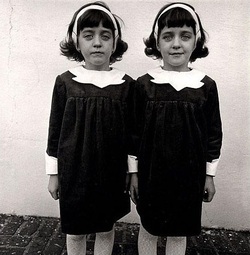 This photograph was taken by photographer Diane Arbus. The chosen image that I've decided to write about is called Identical twins, Roselle, N.J. this was taken in 1967. Diane was born in 1923 to a Jewish family in America. Her passion for photography came from her husband they both worked together. Diane then decided to go off and work on her own. When Diane takes her photo she mainly focuses on close ups of faces and catches her subjects facial expressions well. She often uses even people in her work like twins as it is show in the picture above, Diane uses black and white effects in her photography this makes the photograph seem uneasy. Diane has used a plan white background to make her subjects stand out which makes the view curies and interested. She has used twin girls dressed in old fashioned clothing. This photograph make me think about what it was like back then for example the way they dress. I think the story behind this photograph is some people look the same but are different in other ways, I think this how Diane was trying to say this. This photograph makes me feel inspired by Diane Arbus work the way she uses the black and white affect, this makes the photograph more interesting to look at.
|
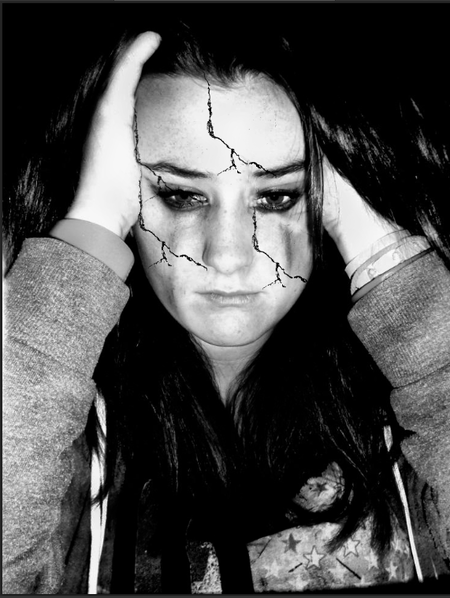
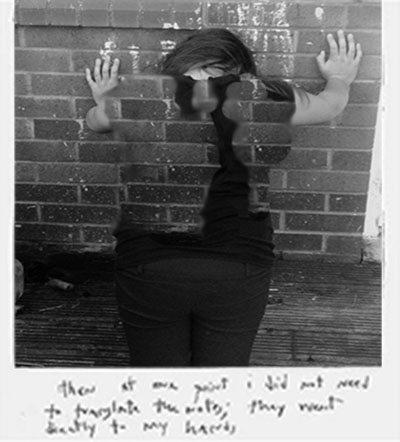

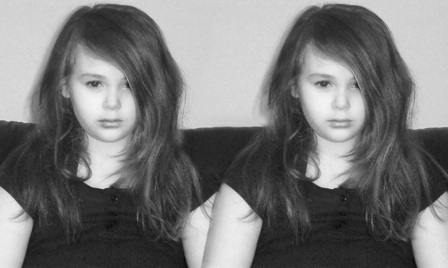
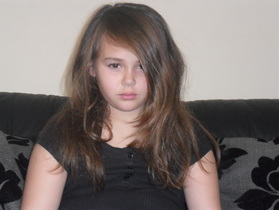
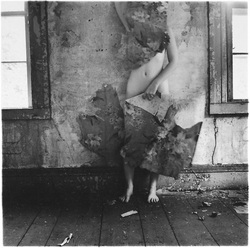
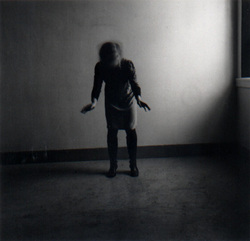
 RSS Feed
RSS Feed